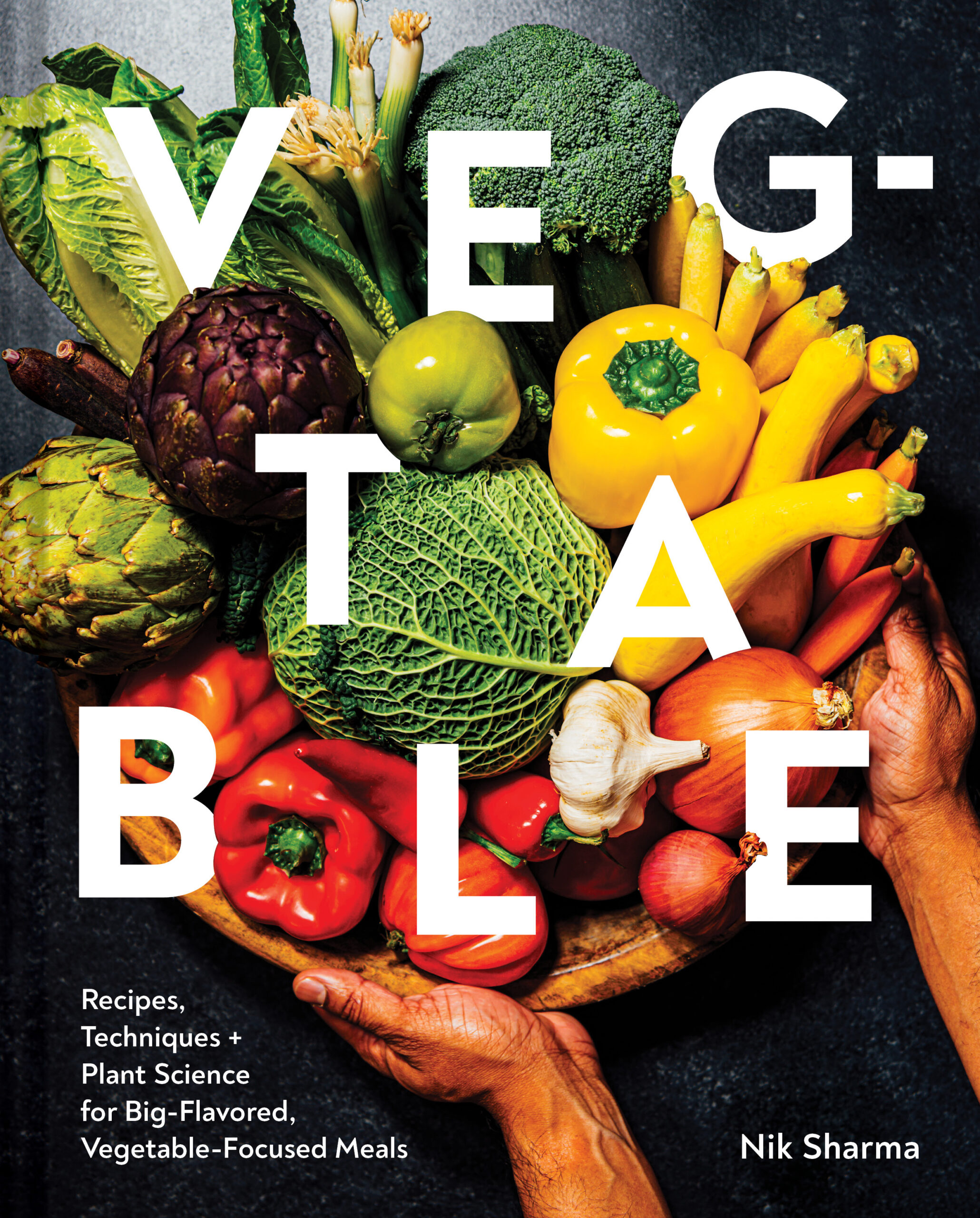
One of the most important things to come out of a pumpkin besides the bright orange sweet flesh is also those little oval gems like seeds strung by threads in the center of the hollow space. Pumpkin seeds/pepitas occupy an important position in my freezer, I use them as a topping over salads, soups, stews, and any dish where I think a bit of crunchiness is going to make me and everyone who eats it happy. Sometimes, I’ll add pumpkin seeds to thicken soups and make sauces, seed butters, and chutneys, when blended the seeds take on a lovely creamy texture (just remember to steep the seeds in boiling water to help soften them before blending).
Now there’s one thing I can’t settle for you and that’s how you like to eat pumpkin seeds. You might be a hull lover or you might prefer to eat the seeds without the hull, what matters is that you get your dose of crunchiness.
One note, pepitas are a type of pumpkin seed that comes from a specific variety of pumpkin called the Styrian or oil-seed pumpkin. The pumpkin seeds I used here aren’t technically pepitas. Pepitas are green in color and lack an outer hull.

How to roast pumpkin seeds
Brine, brine, brine! Brine your raw pumpkin seeds in their hulls before you roast them in the oven. The type of brine we’re using here might seem a bit different from the typical way we brine meats – there’s heat involved, and the brining time is very short. Boiling the seeds in salted water helps poke holes into the hull of the seed. This helps the salt get inside and the seeds taste better. I’ve also noticed that it makes the hull come off easily. How does salt make this happen? Salt helps to change the chemistry of the outer seed hull by changing the structural components like lignin and pectin making it penetrable.


Spiced Roasted Pumpkin Seeds
5 Stars 4 Stars 3 Stars 2 Stars 1 Star
No reviews
- Yield: 1 cup/70 g
Ingredients
2 cups/480 ml water
1 cup/140 g raw un-hulled pumpkin seeds, cleaned (See The Cook’s Notes)
1 Tbsp extra-virgin olive oil
1 tsp ground smoked sweet paprika
1 tsp ground coriander
1 tsp ground sumac
Instructions
- Preheat the oven to 375F/190C.
- Add the water and 1 Tbsp salt to a small saucepan and bring to a boil over medium-high heat. Add the pumpkin seeds to the boiling water and boil for 10 minutes. Drain the seeds through a fine-mesh sieve held over the kitchen sink. Transfer the seeds to a rimmed baking sheet.
- Drizzle the oil and sprinkle the paprika, coriander, and salt over the pumpkin seeds. Toss to coat well and bake in the preheated oven until the seeds turn golden brown and crisp, 25 to 30 minutes, rotating the sheet halfway through during cooking. Watch the seeds carefully after the first 8 minutes, smaller seeds will cook faster and will need to be removed. Some of the seeds might pop during roasting, this happens if they have a lot of moisture trapped inside. Remove the baking sheet, sprinkle the sumac, toss, and let the seeds cool to room temperature. Transfer to an airtight container and store for up to 1 month in the refrigerator or in the freezer for 3 months.
Notes
- It is much easier to remove the stringy materials from the pumpkin seeds if the seeds are kept in a large bowl filled with water. The strings will slide off much easier and won’t be sticky, and they’ll stay apart.
- Rinse the seeds with running tap water to ensure all the pumpkin flesh bits are gone.
- The cooking time in the oven will vary depending on the size of the seeds, with smaller-sized seeds cooking much faster than larger ones.
- This method will work for almost any type of pumpkin or melon seeds.
- The sumac is added after roasting because the higher temperatures will make it taste bitter.
- Author: Nik Sharma

